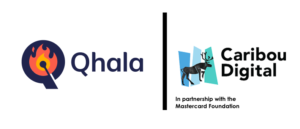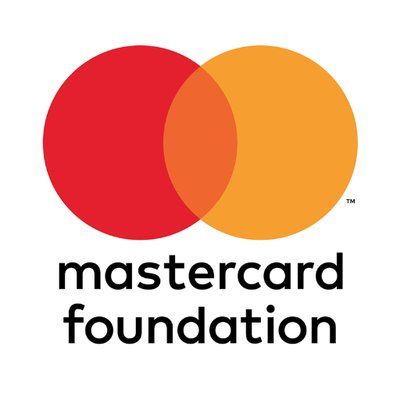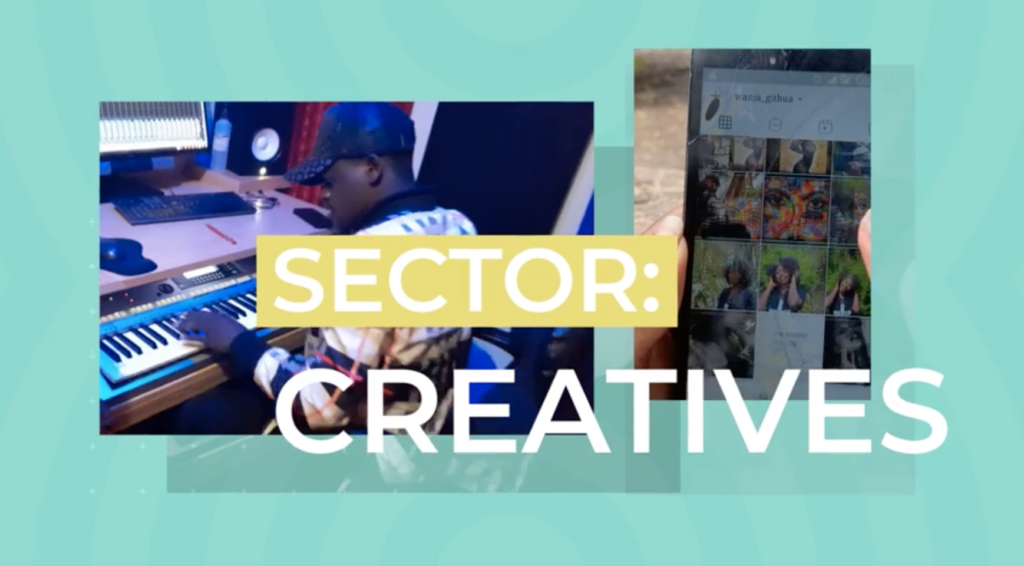
Artists’ experiences on digital platforms centered around the opportunity to get inspiration to create, directly interact with fans and clients, self promote, and build a brand around their creative work. While they do this, there is a blurry line between transactional (earnings) and relational (building an audience) labor, especially for musicians who use social media platforms to engage fans and redirect them to more formal platforms that have monetization options.
While digital platforms offer a chance for independent creatives to showcase their art, they still work with distribution partners who help market and protect their work while earning a commision. Musicians rely on distribution agents, while visual artists work with established galleries to connect with more potential clients. Copyright issues are prevalent, especially among visual artists who mentioned needing more channels to protect their work as they share and distribute it openly on online platforms.

"When they know me online, they are able to listen and download my songs because they also have my link, which takes them to my social media and the things that I have done. I have shared a lot in groups on social media until sometimes they block me from posting any more of the links. But that excessive sharing is what has made me be known. Digital platforms are what are enabling artists to be able to own cars. Selling CDs will not take you that far."
The nature of platform work in the creative industry is not well-documented. Thus this study on creatives is rather exploratory, in comparison to those on the larger communities of farmers and MSEs, and particularly relative to the high-visibility ride-hailing and logistics sectors. The research focused on two types of creatives—musicians and visual artists—who use digital platforms to distribute their work.
Platform experiences of Musicians
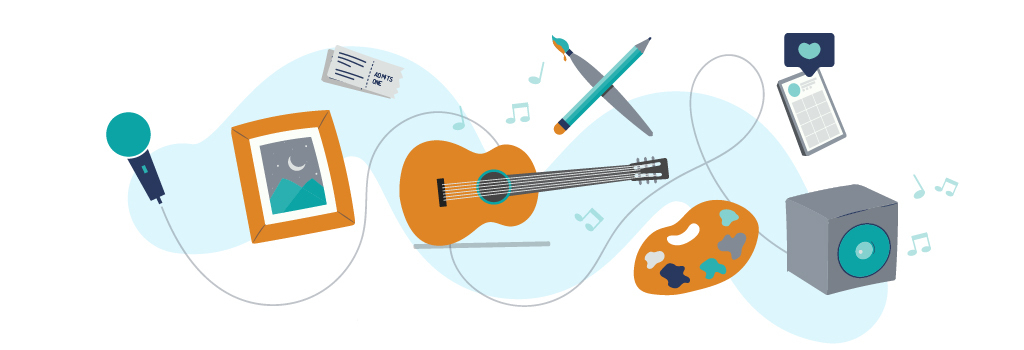
A chance to self-promote and reach wider audiences.
Distributing music on digital platforms offers a chance for musicians to self-promote on social media, which creates a wider reach. This drives sales through viewership, streams, and downloads. The more consistent the musician is in pushing their music online, the better their viewership.
Online community reinforces purpose and passion.
Some platforms like YouTube offer channels for musicians to engage freely with their listeners and fans, creating a sense of community and reinforcing purpose and passion. When musicians relate closely with their audience, they can gauge the reception of their creative work and learn more about what listeners want to hear.

"Now I am doing YouTube, you push to get more subscribers. Because getting subscribers also converts to money. So YouTube is the biggest platform for now, CDs are in the past."
Social media channels lack clear ways to monetize creative work.
Monetization challenges were prevalent, especially on social media. With social media platforms lacking clear monetization channels, musicians use them as a conduit to direct fans to music streaming/download platforms where downloads, listening, and viewership translate into earnings. Musicians mentioned that social media is the best tool for promotion, especially for independent artists who lack huge marketing budgets.
Musicians engage distribution partners for their promotional muscle but face a lack of transparency in payment.
Musicians work closely with distribution partners who have a larger promotion muscle. Such partners help musicians navigate the plethora of distribution options and assist with copyrights, earning a commission from the musicians’ earnings. Some musicians, however, mentioned a lack of transparency, particularly the complexity surrounding distribution, copyright infringement, and marketing, which lack any breakdown of earnings.
Selling creative work requires relational labor.
Musicians mentioned needing to have an iron-willed focus on promoting their work, sometimes needing to share personal information to relate more with fans and drive engagement. Satisfying fluid audiences that shift with new trends involves challenges of relatability.
COVID-19 uncovered the importance of online channels.
When it comes to sustainability, musicians mentioned that platform earnings are often irregular, leading to diversification of portfolios, utilizing influence and entrepreneurial drive, for instance, becoming brand ambassadors, working as MCs/Hosts for events, or participating in live offline events. These offline gigs were affected by COVID-19. With the cancellation of live events and bans on gathering, COVID-19 uncovered the importance of streaming, digital downloads, and engagement with fans with many musicians seeing growth in followership and online engagements.
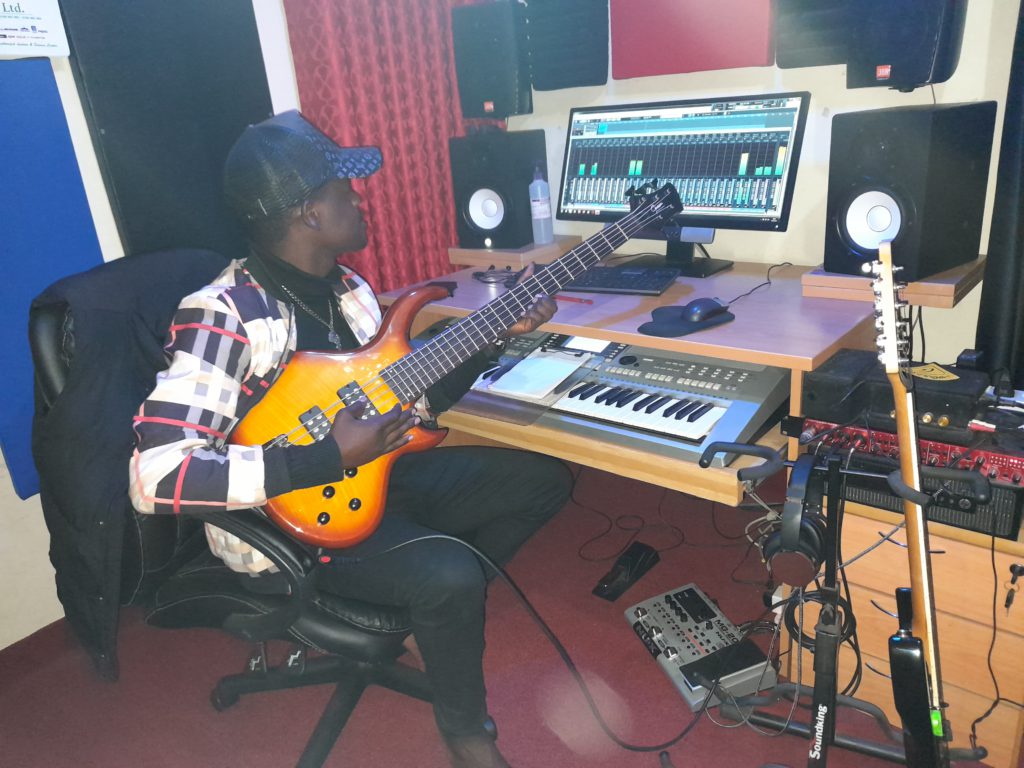
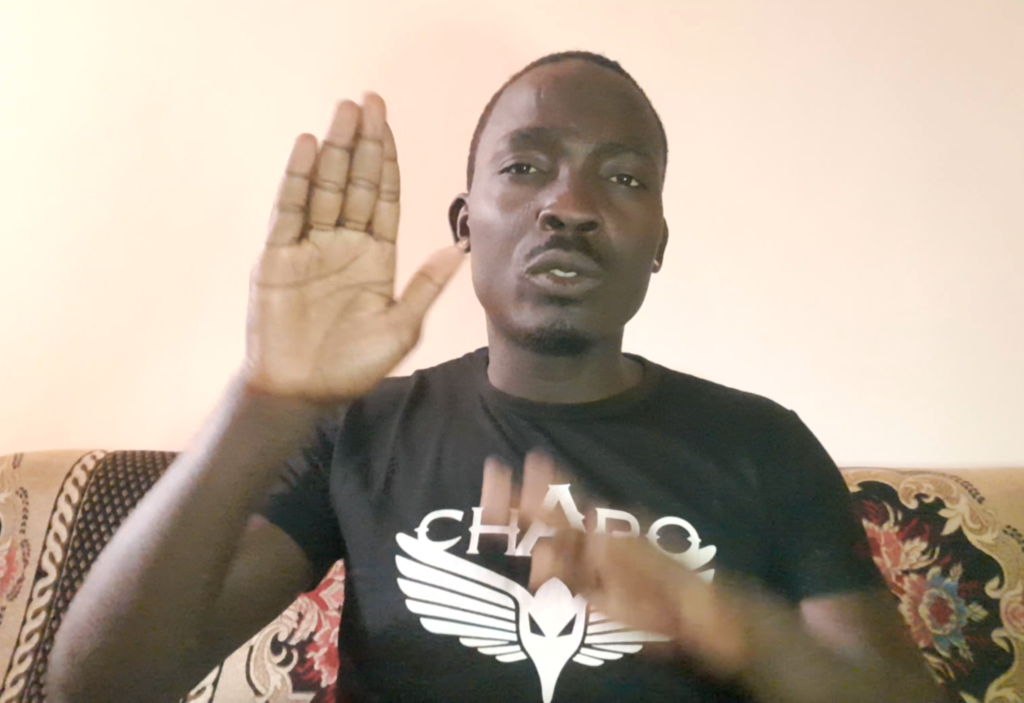
Platform experiences of visual artists
Currently, there are not many formal platforms for visual artists to sell their work in Kenya. Instead, arists rely heavily on social media platforms that act as online portfolios and channels for audience engagement and commerce. E-commerce and social media are effective means to sell art directly to clients, and online gallery pages act as curators to reach larger audiences.
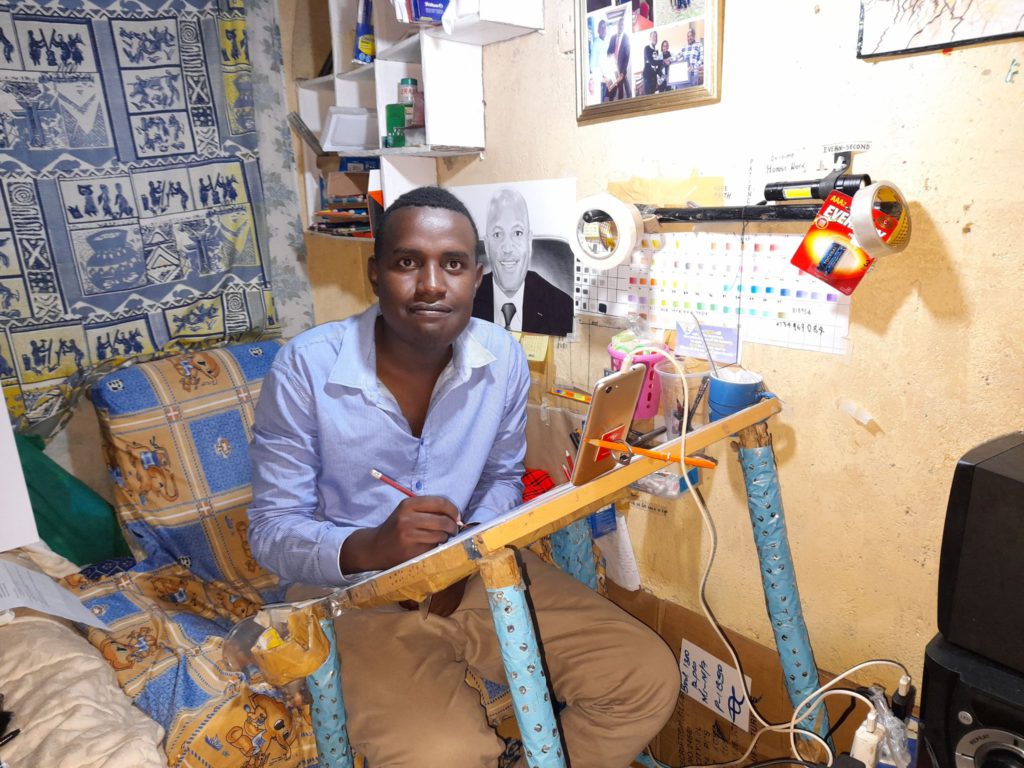
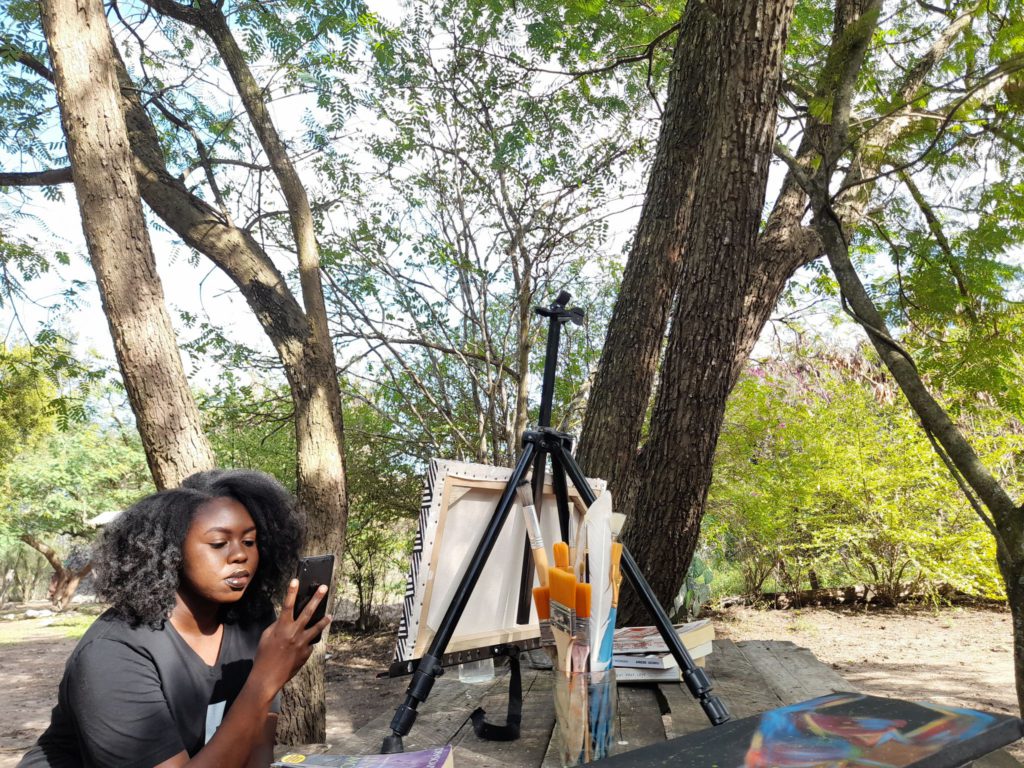
Social media acts as a channel for engagement and commerce.
Formal platforms are few and lack a reliable or large source of clients who can readily purchase art. Artists address this obstacle by using personal websites, portfolio pages, online art communities like the Kenya National Visual Artists’ Association, and personal social media. Offline galleries are also shifting to online curation, either through their websites or social media. Artists can access a wider market through listings on these curator pages. Most artists use social media to engage fans and get potential buyers.

I market myself mostly through Instagram because I feel like it is more interactive. They come to my DM, they ask for prices. I give them the prices and we communicate on the delivery.
Artists use different hacks to protect their work online.
Visual artists use social media platforms to showcase their portfolios amid a growing challenge in copyrighting and lack of redress mechanisms when aggrieved. To protect their work online, most sign their artwork before sharing or rely on community networks when reporting instances of copyright infringement.
Consistently showcasing both art and the creative process drives sales.
Consistently showcasing the artist’s work and process ultimately increases art appreciation and the price tag of the art. Artists share the “behind the scenes” work that goes into creating their artwork. When clients see the effort and passion that goes into creating art, they are willing to pay more, engage, and support the artist. With most art being a physical thing that requires touch and feel, artists mentioned the need for both offline and online channels as they complement each other.
How can a creative grow and thrive in digital marketplaces?
1. Employ social creativity.
Most interviewees are not buying Facebook ads, trying to appear in Google searches, or selling their creations via formal marketplaces. Instead, they are relentlessly and comprehensively utilizing social media to connect with audiences and buyers, to cultivate their brand and their position, to get known in any way possible, and to help turn their passion into a livelihood.
2. Successful creatives need to be consistent and keep up with trends.
Creatives require talent and consistency to stay competitive. When starting out, they create a brand presence that constitutes followership and creative work. Audience engagement translates into earnings. Digital channels serve as a source of inspiration, a path to wider distribution, and a platform to educate audiences on the value of art. Successful creatives need to be consistent and keep up with trends.
3. Fame makes society more accepting of creative career paths.
Support from family, friends, and fans enhances creatives’ morale. Creative work is a numbers game, so support really counts. When a creative has a great following and engagement, they can get better deals. Fame begets respect from family, society, and brands. Once a creative becomes famous, those who were previously unsupportive start to notice, though many still do not view art as a serious career.
Conclusion
From the experiences shared by creatives, luck, relevance, consistency, patience, and talent affect one’s success as a creative. Many worry about being a short-lived success—a case of “here today, gone tomorrow.” They struggle to turn their creative hobbies into long-term, sustainable careers. They stressed that patience and consistency are necessary for those who would want to become creatives because producing quality work and building an audience require significant investments of both time and money.
Like social commerce and emerging forms of social farming, creative workers show social creativity. These new forms of livelihood entail new trade-offs, tensions, and vulnerabilities for creatives on the online social hustle to sell their work, especially in relational labor. Passion, consistency, and patience fuel creative work. Many stated low earnings compared to the effort put into creating; these earnings take time and might be very low in the beginning. For this to be a sustainable source of livelihood, creatives want: 1) training in converting their craft into a business; 2) more transparency when it comes to platform payments; and 3) appreciation for creative work from clients, something some have been trying to achieve through showcasing behind the scenes. Platforms should concentrate on not just how the creatives distribute their work but also on how much they earn and how they get paid.
Creatives’ frustrations and failures alternate with hopes of a big win; they turn to digital platforms to find inspiration, consistently produce content to engage their audiences, and turn their passion and talent into livelihoods.
Explore the report results on other sectors
Asset renting: People can earn a living by renting out assets they own (like property, tractors, or specialized equipment) or by renting them then re-renting them out in smaller fractions.
Delivery and logistics: Fast-paced work, driven by algorithms. Structured weekly earnings, support in bookkeeping, budgeting, and saving.
E-commerce and social commerce: Experiences with platform sales via formal marketplaces, social commerce, paid and free online advertising.
Farming: Formal multi-sided marketplaces built to connect farmers to markets and “social agriculture,” the practice of using social media to sell agricultural commodities and get social support in communities.
Freelancing and microwork: To connect with clients all over the world for everything from data processing to graphic design and writing, freelancers must build a personal brand while microworkers mostly remain anonymous.
Ride-hailing: In big cities and smaller towns, ride-hailing is a mix of working and asset renting, as the driver and their vehicle are intertwined.
Trades and services: Domestic and care work, trades for custom-made products, and a myriad of other services, delivered on demand and matched by marketplaces and social media.
Cross-cutting themes: Reflections on cross-cutting themes around rurality, gender, inclusion for people with disabilities, and fractional work.
This platform livelihoods research was conducted by Qhala in collaboration with Caribou Digital and in partnership with the Mastercard Foundation.
